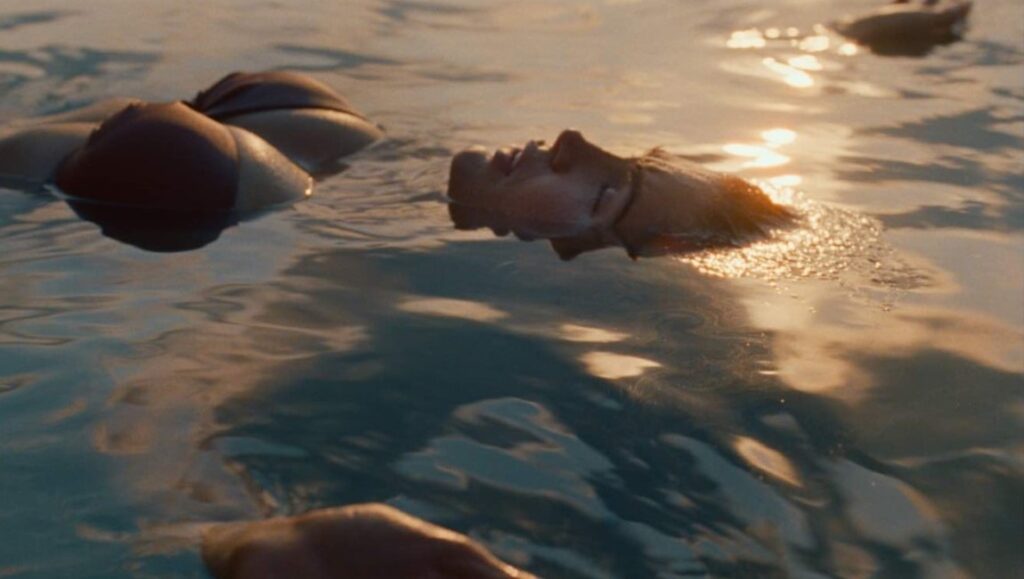It’s a film like Monica that offers you space to question the legitimacy of our major film festivals’ competition branches, a film where only industrial interrelations — shoulders rubbed so hard they’re chafing — could make a case for its positioning atop our most prestigious and visible lineups. Andrea Pallaoro’s follow-up to 2017’s well-received Hannah is a staggering conundrum, so superficial that it’s difficult to discern whether it’s simply misguided or incisively parodic. Where Hannah utilized its precise and often claustrophobic compositions to construct an intense sense of isolation, its protagonist (Charlotte Rampling) lacking agency and consequently straddling a miserable balance between spectacle and meditation, Monica is what occurs when that balance falls so belligerently to one side, revealing spectacle run amok. Each frame is so carefully and incessantly curatorial as to collapse back onto itself; operating in a closed circuit, the film becomes an echo chamber of its own ideas. Never does Pallaoro manage to breach his immaculate construct, something all art should at least strive to accomplish. Instead, an absence of cognition demonstrates, ultimately, the alarming behaviorism of arthouse wallpaper as rendered by AI.
Monica observes the return of its titular protagonist, played carelessly (and thus almost irreconcilable with the film’s empty formalism) by Trace Lysette, to her home and sickly mother (Patricia Clarkson), the latter of whom fails to recognize her own child post-gender transition. An elliptical, non-specific, broad process of reconvention thus unfurls, and in between, we glean a semblance of Monica’s livelihood and personal trials, if only in the film’s perpetual periphery. These ellipses flash past us despite the film’s portentous and stylized visuals; engaging in her virtual sex work, under lights dimmed red and sensuous, Monica barely comes into frame (her torso and head conspicuously absent), just her waist and below — she’s on all fours. The alienating effect is obvious, and its conservative aestheticism only made more trite with a sudden outburst of loud moaning, followed by Monica running to meet her despairing mother, enveloped by shadow and glistening under the moonlight as they silently regard one another. The images are beautiful, indexical, and homogenous to a degree that they become silly. Each character and each dynamic are similarly defined by identical gazes molding anonymity and monotony, reminiscent of those annually forgotten projects by the Canadian Film Centre’s indie dramas shown only on the streaming service Crave: a woman returns, seeks rejuvenation, finds conflict, retreats, reckons, and returns once again. Only in Monica, there’s nothing filling the gaps.
Pallardo’s film has such stringent narrative goals, yet proceeds nowhere and with nothing. Its vague and enervating plot purports to signify profundity, but only accomplishes the desultory. It’s a film that moves with a deliberate heaviness that comes off only as abrasive and frustratingly remote. The great irony of Monica, then, is that its perverse vacuity — in many ways, an outrageously precise impersonation of something like Michel Franco’s fables of negation — functions best, and quite unintentionally, as caricature of the arthouse aesthetic to which it aspires.
Published as part of InRO Weekly — Volume 1, Issue 19.


Comments are closed.